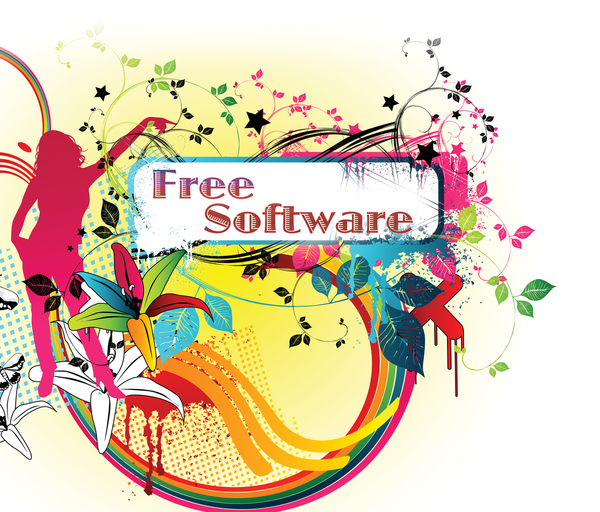Do not reinvent the wheel
Re-Use

Others have walked a mile (or more) in your shoes.
In 1977 I joined Bell Laboratories in North Andover, Massachusetts and first laid hands on a Unix system. Long before, I had heard of Unix, but even though I had worked on many operating systems, I had never actually seen Unix.
I interviewed at Bell Labs to become a "systems administrator." Beatrice ("B") Fink, who was to be my supervisor, wanted me to be the systems administrator of a CDC Cyber system. As fascinating as that system was, I wanted to be a Unix systems administrator. "The Labs" had developed Unix, and I knew I could find out anything about it by looking at the source code. Besides, Unix ran on PDP-11s and VAX systems from Digital Equipment Corporation (DEC) and had mostly been developed on DEC equipment, and I liked DEC's gear. At the time, I knew nothing about CDC equipment and did not see much of a future in learning about the Cyber.
[...]
Buy this article as PDF
(incl. VAT)
Buy Linux Magazine
Subscribe to our Linux Newsletters
Find Linux and Open Source Jobs
Subscribe to our ADMIN Newsletters
Support Our Work
Linux Magazine content is made possible with support from readers like you. Please consider contributing when you’ve found an article to be beneficial.

News
-
Parrot OS Switches to KDE Plasma Desktop
Yet another distro is making the move to the KDE Plasma desktop.
-
TUXEDO Announces Gemini 17
TUXEDO Computers has released the fourth generation of its Gemini laptop with plenty of updates.
-
Two New Distros Adopt Enlightenment
MX Moksha and AV Linux 25 join ranks with Bodhi Linux and embrace the Enlightenment desktop.
-
Solus Linux 4.8 Removes Python 2
Solus Linux 4.8 has been released with the latest Linux kernel, updated desktops, and a key removal.
-
Zorin OS 18 Hits over a Million Downloads
If you doubt Linux isn't gaining popularity, you only have to look at Zorin OS's download numbers.
-
TUXEDO Computers Scraps Snapdragon X1E-Based Laptop
Due to issues with a Snapdragon CPU, TUXEDO Computers has cancelled its plans to release a laptop based on this elite hardware.
-
Debian Unleashes Debian Libre Live
Debian Libre Live keeps your machine free of proprietary software.
-
Valve Announces Pending Release of Steam Machine
Shout it to the heavens: Steam Machine, powered by Linux, is set to arrive in 2026.
-
Happy Birthday, ADMIN Magazine!
ADMIN is celebrating its 15th anniversary with issue #90.
-
Another Linux Malware Discovered
Russian hackers use Hyper-V to hide malware within Linux virtual machines.


